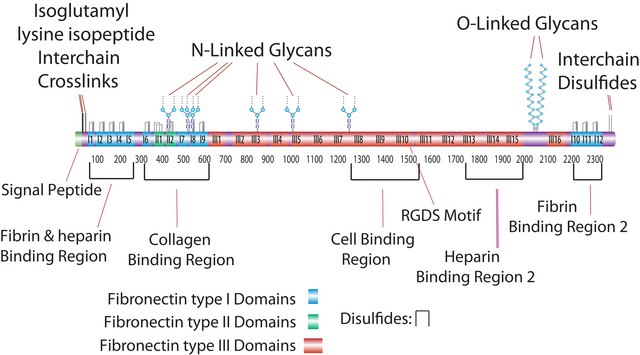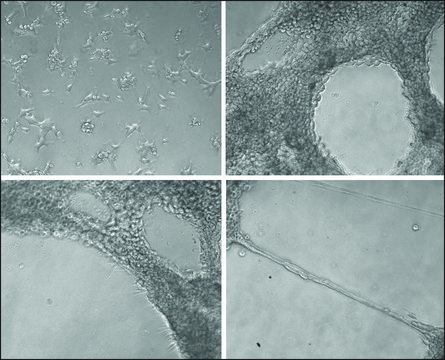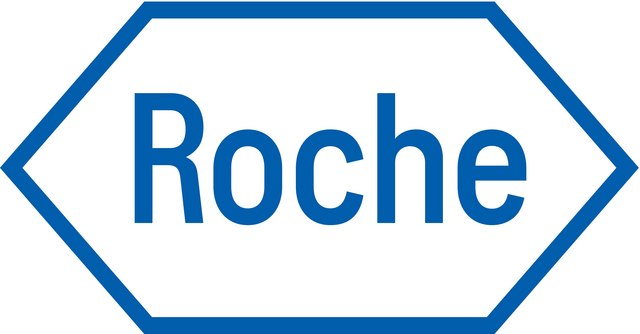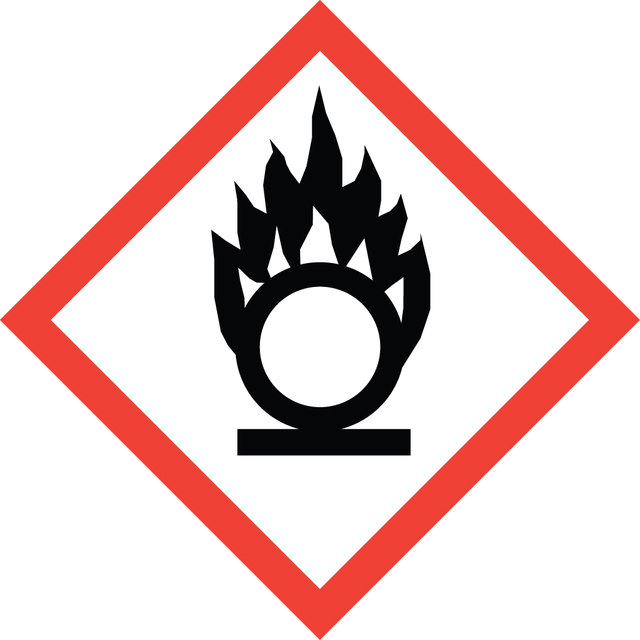F5022
Fibronectin-like Protein Polymer genetically engineered
lyophilized powder, autoclaved, BioReagent, suitable for cell culture
Synonym(s):
ProNectin® F
Sign Into View Organizational & Contract Pricing
All Photos(1)
About This Item
MDL number:
UNSPSC Code:
12352200
Recommended Products
sterility
autoclaved
Quality Level
product line
BioReagent
form
lyophilized powder
mol wt
75 kDa by gene sequence (differences are due to the unusual amino acid composition of the protein)
~110 kDa by SDS-PAGE
packaging
pkg of 1 mg
pkg of 5 mg
technique(s)
cell culture | mammalian: suitable
solubility
4.5 M LiClO4: 1 mg/mL (stable for 12 mo. at RT.)
shipped in
dry ice
storage temp.
room temp
Application
Recommended as a cell culture substratum at 2-10 μg/cm2.
Packaging
Supplied with diluent in separate vial.
Other Notes
Positively-charged, protein polymer which incorporates multiple copies of the RGD cell attachment epitope from human fibronectin between repeated structural peptide units.
Reconstitution
Dilutions can be made to a working concentration with balanced salt solution; stable up to 2 days at RT. Coated labware is stable at least 4 mos at RT.
Legal Information
ProNectin is a registered trademark of Sanyo Chemical Industries, Ltd
Signal Word
Danger
Hazard Statements
Precautionary Statements
Hazard Classifications
Acute Tox. 4 Oral - Eye Irrit. 2 - Ox. Liq. 2 - Skin Irrit. 2 - STOT SE 3
Target Organs
Respiratory system
Storage Class Code
5.1B - Oxidizing hazardous materials
Personal Protective Equipment
dust mask type N95 (US), Eyeshields, Gloves
Regulatory Information
新产品
Choose from one of the most recent versions:
Already Own This Product?
Find documentation for the products that you have recently purchased in the Document Library.
Receptor-specific serum-free cell attachment using a highly stable engineered protein polymer.
Esty, A.
American Biotechnology Laboratory, 44-44 (1991)
Zoltán Jakus et al.
The Journal of experimental medicine, 206(3), 577-593 (2009-03-11)
beta(2) integrins and Fcgamma receptors are critically involved in neutrophil activation at the site of inflammation. Both receptor types trigger a receptor-proximal tyrosine phosphorylation cascade through Src family kinases and Syk, but further downstream signaling events are poorly understood. We
Polly A Machin et al.
Frontiers in immunology, 14, 1180886-1180886 (2023-06-29)
Rac-GTPases and their Rac-GEF activators play important roles in neutrophil-mediated host defence. These proteins control the adhesion molecules and cytoskeletal dynamics required for neutrophil recruitment to inflamed and infected organs, and the neutrophil effector responses that kill pathogens. Here, we
Lamyaa Shaban et al.
PLoS pathogens, 16(5), e1008576-e1008576 (2020-05-12)
Yersinia suppress neutrophil responses by using a type 3 secretion system (T3SS) to inject 6-7 Yersinia effector proteins (Yops) effectors into their cytoplasm. YopH is a tyrosine phosphatase that causes dephosphorylation of the adaptor protein SKAP2, among other targets in
Our team of scientists has experience in all areas of research including Life Science, Material Science, Chemical Synthesis, Chromatography, Analytical and many others.
Contact Technical Service





